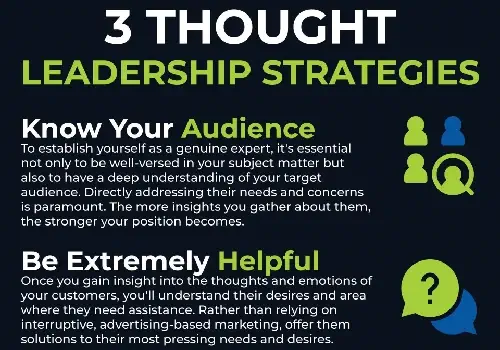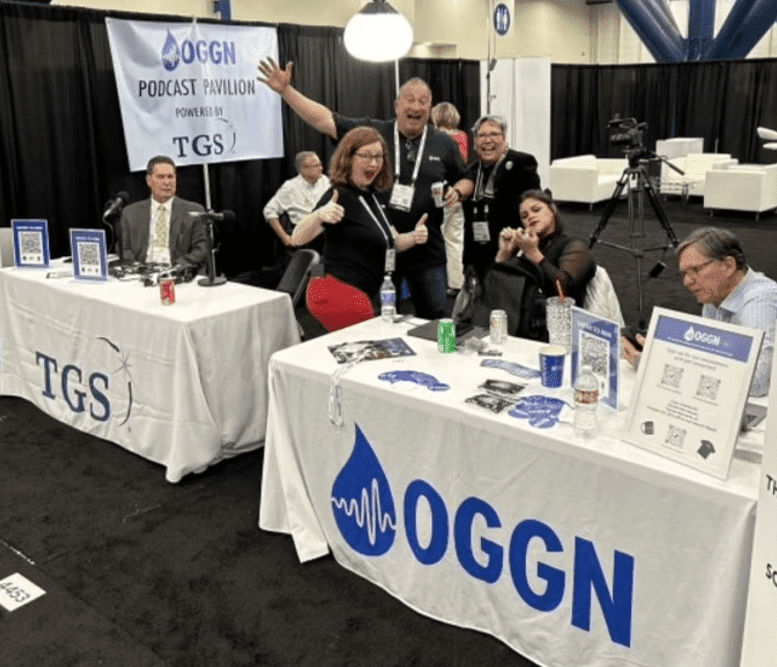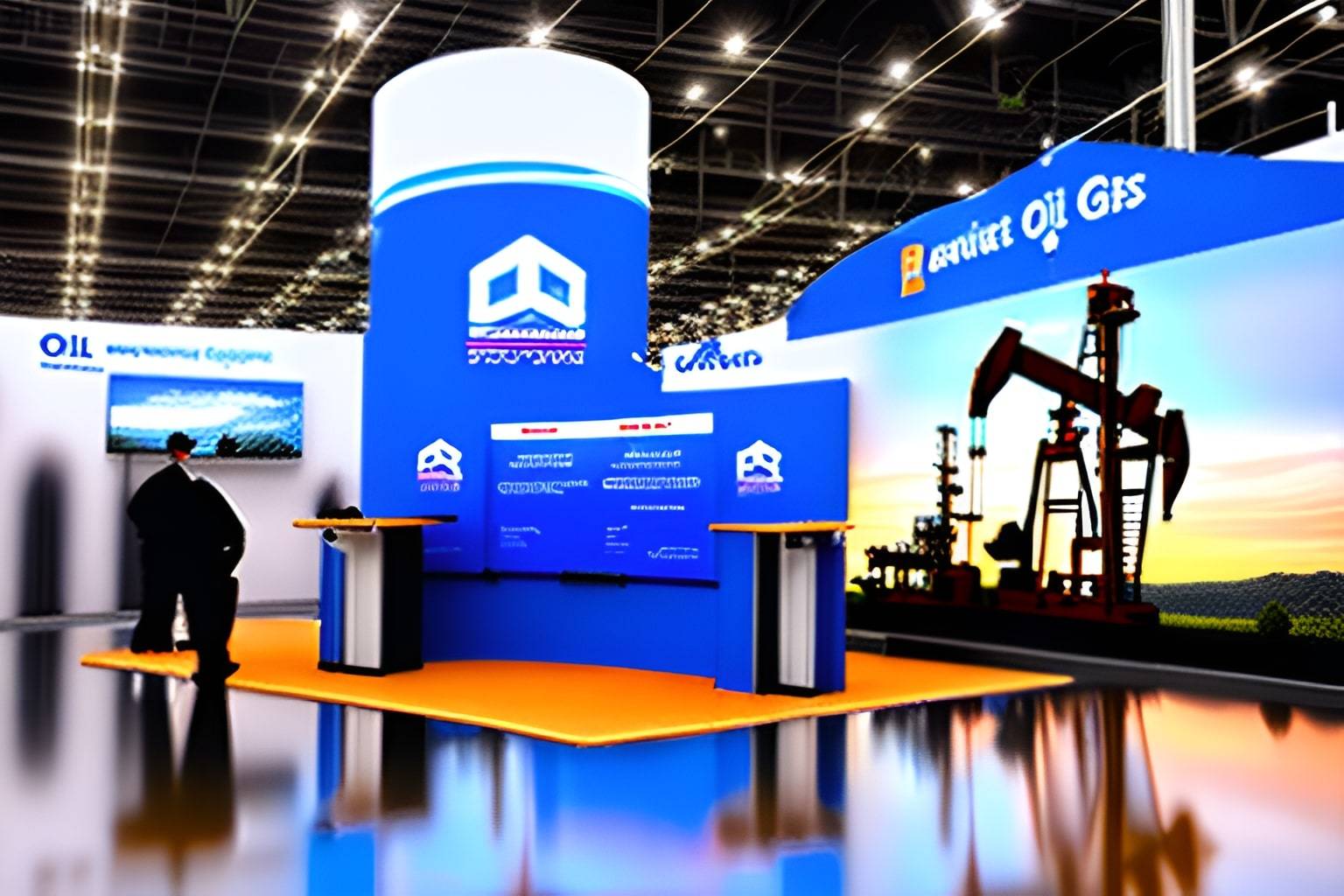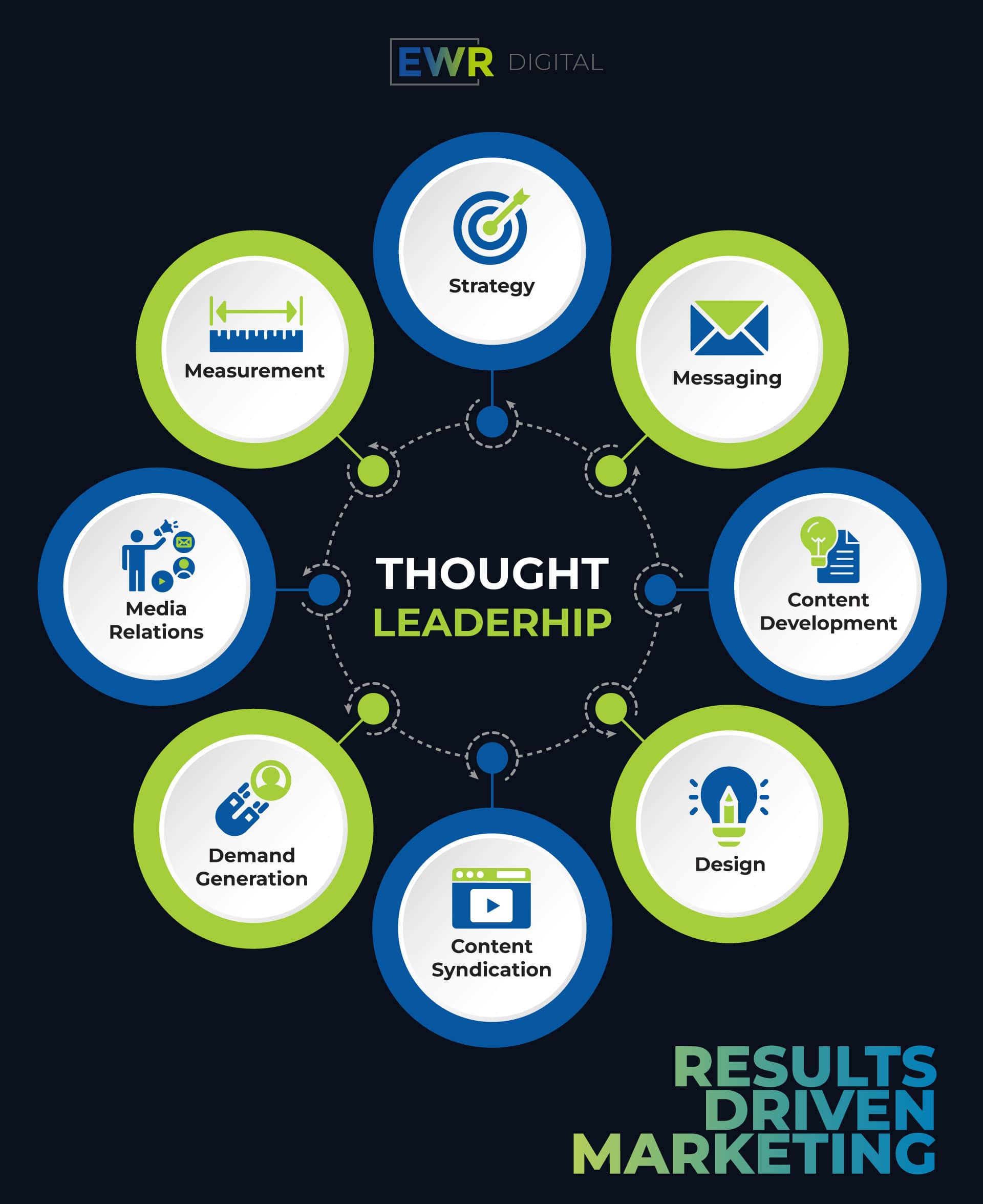The Art of Oil and Gas Branding
Anyone sales person that carries a bag or marketing person that has been in oil and gas industry, for any length of time can tell you that branding and the brand positioning plays a pivotal role today in shaping the identity of companies are know as a thought leader are built on industry preceptions of trust, reliability and market excellence. These big well known brands open doors for sales people.
The goal with branding is to spend less on advertising, conference booths, and sales dollars every year with the same or better result. (I like to measure over a 18 month period)
As the world’s energy needs continue to evolve, effective branding and storytelling becomes more crucial than ever. I am attempting in this blog to share some of my experience with the key branding elements and strategies involved in oil and gas today and what I have seen in the evolution over the years to hopefully shed light on how sales people and brands (companies) can and should differentiate themselves and thrive in today’s increasing competitive enviroment.
Building a Strong Foundation: Define Your Core Values
Successful oil and gas branding begins with brand identity. Who are you? Having a clear understanding of who you are, the company’s core values and ethos are more important than you think. Whether it’s a commitment to sustainability, cutting edge innovation, or reliability or rig uptime, these values should be the driving force behind every aspect of the brand and across your social platforms. I know for much of my time in the industry being the person or companies that will pick up the phone at 3am in the morning and help them with a crisis is what most operators have valued. By establishing a solid foundation of you are and what your about, companies can create an authentic and compelling brand story that resonates with stakeholders, investors, employees to potential consumers.
Ask yourself: What makes you different, why should your ideal customer engage you for services or buy your product?

Crafting a Distinctive Visual Identity
A visually appealing and distinctive logo is a cornerstone of effective branding, but it’s really not as important as you think. The logo is the association that you attach to it. The values or emotions that you want them to have when they see it. In the oil and gas industry, where logos are often seen on equipment, vehicles, and infrastructure, a memorable design is key. Consider iconic brands like Shell and Chevron, whose logos are instantly recognizable worldwide. Consistency in design elements across various platforms can help create a cohesive and professional image, reinforcing brand recall. Just remember though, the Nike Swoosh cost the founder of Nike like $85 bucks and in the beginning he hated it. It’s all about the values or emotions that you fill the logo with and what you attach to it.

Develop a Consistent Messaging Strategy
Communication is Key: Consistent and transparent communication is crucial for building trust and credibility in the oil and gas sector across all platforms that are valuable to you such as maybe LinkedIn. Develop a brand postioning and messaging strategy across all platforms that aligns with your company’s values and will resonate with the target audience is what you need to strive for. Clearly articulate the company’s mission, goals, and commitment to safety and environmental responsibility. This not only enhances the brand’s reputation but also establishes a strong connection with stakeholders. Many skip this step and I believe it’s a mistake.
You may want to consider a Brand Audit or Workshop.

Embrace Industry Trends
Showcasing Innovation and Sustainability: I believe that oil and gas companies need to showcase their commitment to innovation and environmental responsibility, even as the pendulum swings the other way. Highlighting advancements in technology, renewable energy projects, and sustainable practices can position a company as a forward-thinking industry leader. This not only attracts environmentally conscious investors but also appeals to a broader customer base. Keep up with the marketing trends as digital transformation is taking place in the oil and gas industry.

Engage Stakeholders: Establish a Strong Online Presence
In the digital age, an online presence is non-negotiable in addition to trade shows. Make sure you have start with user-friendly website that provides valuable information about the company, its projects, and industry insights.
Approximately 70% of B2B decision-makers are open to making purchases exceeding $50,000 using customer self-service or online options. (McKinsey).
Leverage social media platforms and podcasting to engage with stakeholders, share updates, and participate in industry conversations. If trade shows sales is culture at your company take a videographer with you. You can then repurpose the expert content and b-role into vidoes to be used on social media. A well-managed online presence not only enhances brand visibility but also allows companies to control the narrative surrounding their operations. You want to be building trust, authority and be viewed as a subject matter expert.


Navigate Challenges with Crisis Communication: Be Prepared
In an industry prone to public scrutiny and external challenges, oil and gas companies must be prepared for crisis communication. Establish a crisis management plan that includes clear communication protocols, spokespeople, and strategies for addressing negative publicity is critical to developing your brand positioning. It is where the brand is codified in the eyes of the industry. Proactive communication during challenging times can help mitigate reputational damage and maintain stakeholder trust. As well as having a strategy to increase the acquisition of reviews and brand stories to help manage the reputation and perhaps try to change of the conversation in the public arenas.
Reputation management primarily involves altering the balance between positive and negative narratives or reviews within the public sphere. It’s essentially about shifting the scales so that positive sentiments outweigh the negative ones. This can be achieved through various strategies aimed at promoting favorable content, addressing concerns, and actively managing perceptions. The goal is to cultivate a stronger positive presence that helps to counterbalance any unfavorable publicity, ultimately shaping a more favorable overall perception of an individual, brand, or organization.
In Conclusion:
Hopefully you are seeing that effective branding is not just a marketing strategy; it’s a critical component for success. By defining core values, crafting a distinctive visual identity, embracing innovation and sustainability, engaging stakeholders online, and being prepared for challenges, oil and gas companies can build resilient and impactful brands. In doing so, you not only differentiate yourself in a crowded market but also able to contribute to the positive transformation of the industry!
Most importantly, setup a call with us and start a conversation we can help fast track you and your brand on your way to becoming a thought leader in the oil and gas industry!




